FROM PENCIL STROKES TO PERSPECTIVES
- Naqeeb Sulthana

- Sep 13
- 3 min read
Every journey begins with a single step—or in our case, a single pencil line. What started as a quiet exploration of pencil shading soon unfolded into a rich, layered journey through the many mediums and methods of visual art. It has been as much about discovery as it has been about discipline.
We began humbly, with the simplest of tools: pencil and paper. The simple act of holding a pencil and practicing gradients taught us to notice the nuances of light and shadow that bring life to even the most ordinary sketches. I remember how the room often fell into silence as each of us tried to capture the delicate fall of light across an object. For the students, this was their first encounter with depth on paper; for me, it was a reminder of how much detail the eye overlooks until art trains it to see. Each practice revealed how the angle of a shadow or the softness of a line could transform a flat image into something that felt alive.
From there, we stepped into the world of composition of canvas and still life. Sketching still life wasn’t just about drawing objects; fixing the source of light, placing objects, arranging space and creating the illusion of depth. A bowl of fruit or a glass bottle became more than practice subjects—they were lessons in balance, perspective, and the delicate interplay of highlights and shadows. Students wrestled with proportion, while I struggled with patience—waiting until the arrangement felt “just right.” We all discovered that still life is never really still; it shifts with every angle of light and every gaze of the artist.
With this grounding, we expanded into watercolors. Our canvas transformed into a world of vivid expression. We learned to lay down backgrounds first, letting them set the mood and atmosphere, with washes of color flowing freely before carefully layering the foreground. This shift taught us patience—the art of waiting for one layer to dry before adding the next. Students found joy in seeing their colors bleed and merge into one another to create unexpected beauty. I found humility in realizing how much control I wanted to have, but how often the water itself dictated the flow. It was a lesson in surrendering and trusting the medium.
Our brushes grew broader and bolder as we experimented with wall art. Suddenly, the space was larger than the page, and our hands had to move with bigger, confident strokes. Mixing paints, creating shades, and scaling compositions onto walls felt liberating and we discovered how scale and space change the way art communicates. The students loved the teamwork; I loved watching art leap from paper to an expansive, public canvas.
A short stint with oil pastels followed. Rich, creamy textures and bold pigments gave us a new kind of freedom. Students pressed and blended with enthusiasm, while I marveled at the way a stick of pastel could hold such intensity of color.
Now, our pencils are back in hand, but with a new challenge and a sharper purpose: single point perspective drawings. Here, lines stretch and converge at a single vanishing point,
transforming flat pages into windows of space and depth teaching us to see space as it really is. The students gasp at how roads narrow into the horizon; buildings stretch into depth, and suddenly the page transforms into a window through which we see another world. I find myself equally amazed, as if the pencil itself is showing me a truth about how the world is structured.
Looking back, this journey has been more than an art syllabus, techniques or mediums. It has been about learning to see—shadows and light, depth and perspective, background and foreground. Each stage has prepared us for the next, building not only skill but also confidence. It has been a shared apprenticeship—teacher and students learning side by side, eyes sharpened to light, depth, and form. Each medium has not only stretched our skills but also our ways of seeing.
At the heart of this journey is our art mentor, Gopi, whose patience, encouragement, and quiet nudges kept us moving forward. For every time we doubted our strokes, he reminded us to keep looking, keep trying, keep trusting the process. This journey belongs as much to him as it does to us.
And as with any journey, we stand at this point of perspective, where the horizon ahead always promises more discoveries inviting us forward.









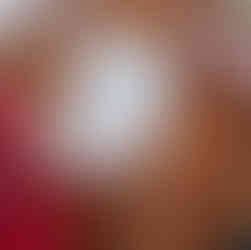












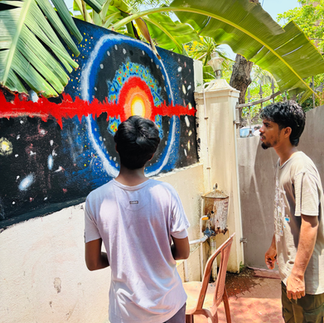


































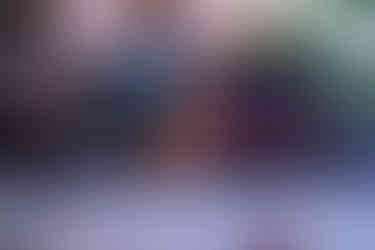








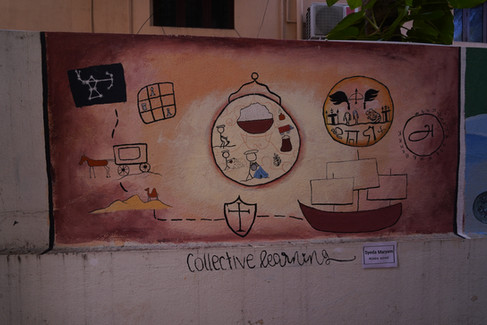
















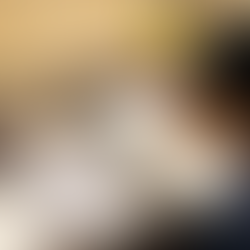














Comments